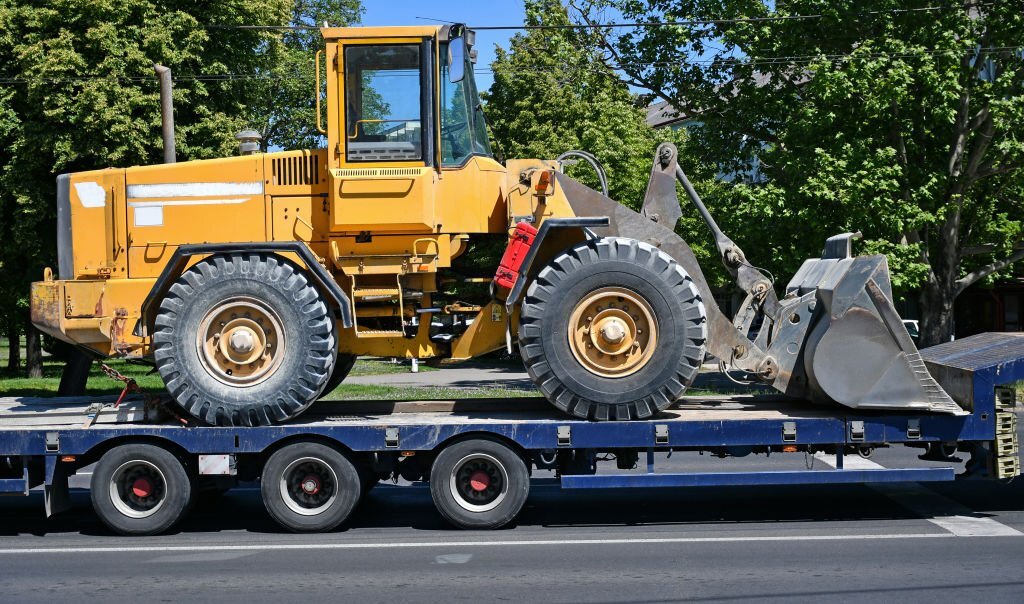
Moving a non-running bulldozer requires careful planning and execution to ensure a safe and efficient relocation. Whether you need to transport it for repairs, sale, or storage, this comprehensive guide will walk you through the necessary steps to move a non-running bulldozer successfully. With the right approach and equipment, you can navigate this task with ease.
- Assess the Situation: Before attempting to move a non-running bulldozer, assess the condition of the machine and determine the extent of the issue. Identify any specific challenges or restrictions that may impact the moving process.
- Secure Professional Assistance: Moving a non-running bulldozer typically requires specialized equipment and expertise. It is recommended to hire professional heavy equipment movers or contractors experienced in bulldozer transportation. They possess the necessary tools, knowledge, and insurance to handle the task safely.
- Obtain Permits and Permissions: Check local regulations and obtain any required permits or permissions for moving heavy equipment. Depending on the size and weight of the bulldozer, you may need to notify local authorities, obtain oversize load permits, and arrange for escorts or road closures if necessary.
- Prepare the Bulldozer: Before moving the bulldozer, prepare it for transportation. Secure loose components, close openings, and ensure any detachable parts are properly secured or removed. If possible, drain any fluids that may pose a risk during transportation.
- Engage the Professionals: Coordinate with the hired professionals and provide them with all relevant details about the bulldozer, including its size, weight, and condition. Communicate any specific requirements or challenges they need to be aware of.
- Equipment and Transportation: The professional movers will determine the most suitable equipment for the specific bulldozer and transportation needs. They may use flatbed trailers, low loaders, or specialized heavy-duty trucks equipped with winches or cranes. The bulldozer will be carefully loaded onto the trailer or truck using hydraulic lifts or ramps.
- Secure the Bulldozer: During the loading process, ensure the bulldozer is properly secured to the transportation vehicle. Use heavy-duty chains, straps, and tensioning devices to prevent any movement or shifting during transit. Pay close attention to weight distribution to maintain balance.
- Transportation and Delivery: The professional movers will transport the non-running bulldozer to the designated location. They will follow established routes, adhere to speed limits, and take necessary precautions to ensure a smooth and safe journey. Upon arrival, the bulldozer will be unloaded using the appropriate equipment.
- Post-Move Inspection: Inspect the bulldozer once it has been unloaded to ensure there are no damages or issues resulting from the transportation process. If any concerns arise, document them promptly and notify the movers or relevant parties.
Conclusion:
Moving a non-running bulldozer requires careful planning, coordination with professionals, and adherence to safety guidelines. By following the steps outlined in this guide, you can ensure a successful and secure relocation of your non-running bulldozer. Remember to prioritize safety, comply with regulations, and consult with experts throughout the process for a seamless experience.

